The Radical Spirit of Italy in the 1960s Pulses Through a New Gallery Exhibition in Paris—See Images Here
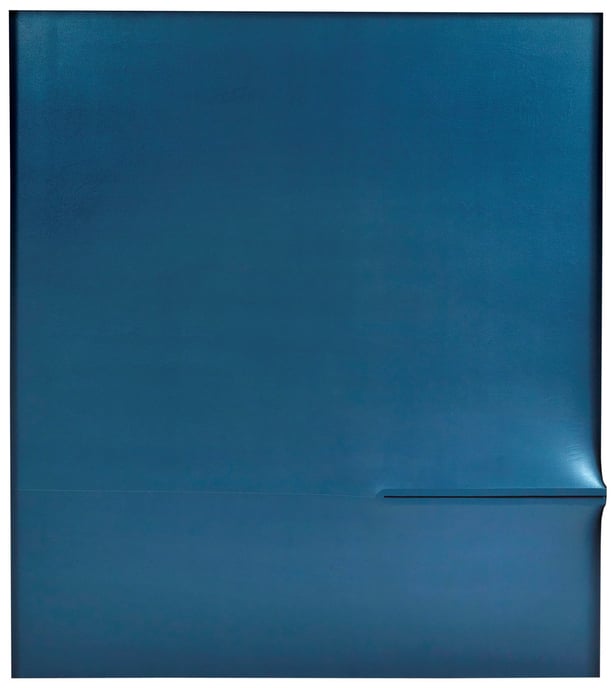

Artnet Gallery Network

The 1960s and ‘70s were revolutionary years for Italy; the nation was rapidly emerging from a turbulent post-war era and seeking a new, progressive identity. This radical spirit was harnessed by artists of the era who explored challenging Minimalist and conceptual ideas—but from within a uniquely Italian cultural perspective.
“ITALIA Minimal,” the first exhibition at Tornabuoni Art’s new Paris gallery space, brings this spirited era into focus with works by many of the era’s defining artists, including Alighiero Boetti, Alberto Burri, Enrico Castellani, Lucio Fontana, Jannis Kounellis, and Piero Manzoni.
A slightly playful sense of experimentation marks the exhibition, and for good reason. Unlike their American counterparts, Italy had no defined Minimalist movement. Instead, Italian artists sought inspiration aspects or ideas suggested by the style—particularly the pursuit of pure form—without ever pleading artistic allegiance to it.
What these artists shared in common was a desire to free art from decorative and narrative elements and return to the absolutes of color, surface, material, time, and space with a kind of mathematical purity. This did not feel like a wholly novel idea for the generation, but rather a return to the Renaissance ideals of science, mathematics, and perspective.
“In this exhibition, we reinterpret the 1960s and ’70s as paradigmatic periods in which Italian artists seemed to be looking through an imaginary telescope that could unite the Renaissance and the moon,” wrote art historian Ilaria Bignotti, of the artists’ desire to find scientific clarity in the age of the space race. “This was not a pure arithmetic procedure, but a constant examination of the relationships between surface, size, material, space, and color: an approach to Minimalism that is open to life and warmed by a Mediterranean sense of inventiveness and spontaneity.”
See images from the exhibition below.
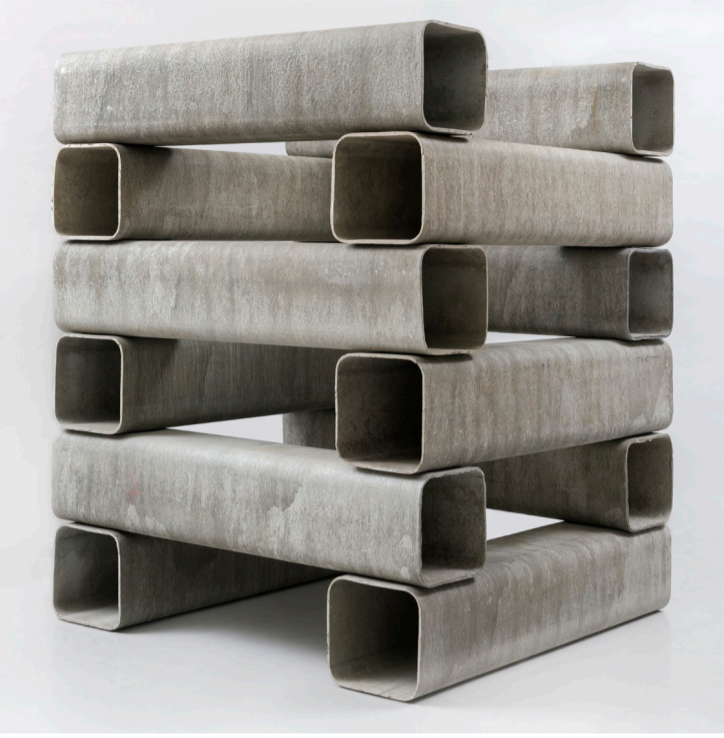
Alighiero Boetti, Catasta (1967-92). Courtesy of TornabuoniArt.
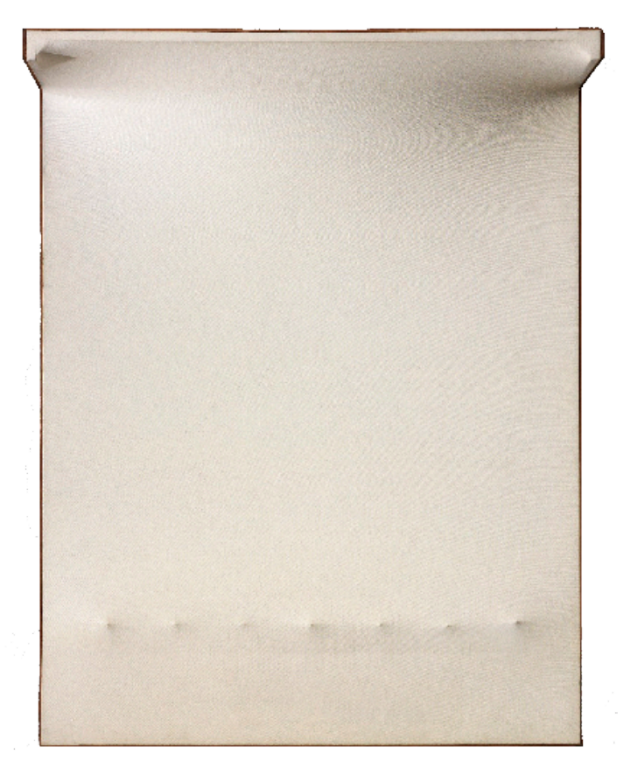
Enrico Castellani, Superficie bianca n°5 (1964). Courtesy of Tornabuoni Art.
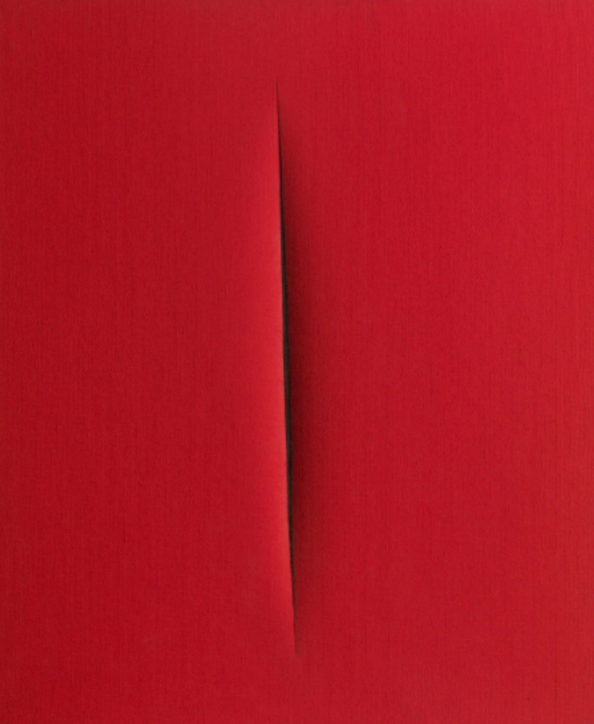
Lucio Fontana, Concetto spaziale, Attesa (1965). Courtesy of Tornabuoni Art.
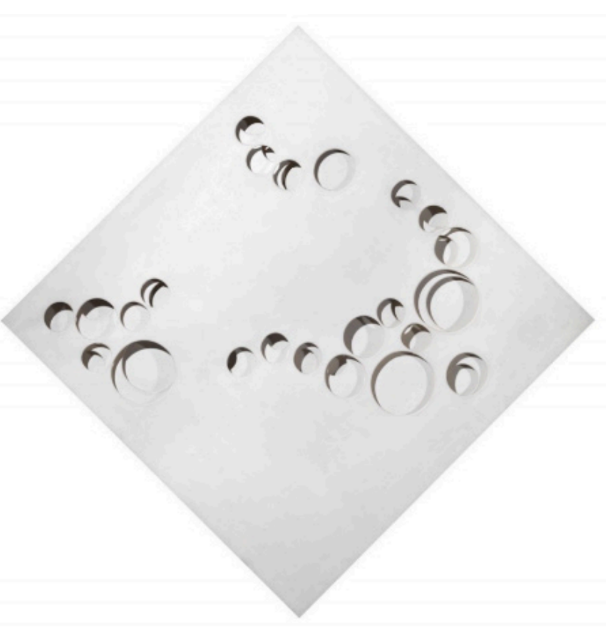
Paolo Scheggi, Intersuperficie curva bianca (1967). Courtesy of Tornabuoni Art.